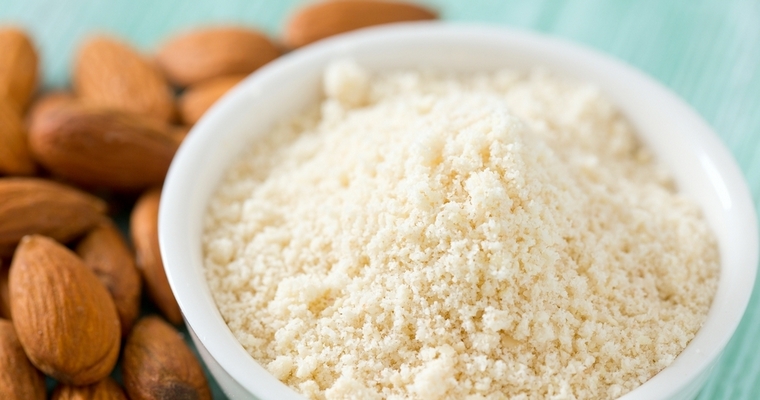
A short guide to replacing wheat flour with ground almonds for delicious gluten-free bakes. Explains how to adjust recipes for changes in taste and texture.
Technique
01. What is the role of flour in a baking recipe?
02. Why replace wheat flour?
03. Why use ground almonds?
04. What is the difference between almond flour and ground almonds?
05. How will ground almonds affect the flavour?
06. How will ground almonds affect the texture and structure?
07. What happens if I replace flour one-for-one with ground almonds?
08. How do I convert an amount of flour to ground almonds?
09. Will I need to make other adjustments to the recipe?
Recipes
10. Which recipes work best with ground almonds?
01. What is the role of flour in a baking recipe?
Flour provides the body and structure of a bake. It sets around the air bubbles that are produced by raising agents in the batter such as eggs, baking soda or yeast. Wheat flour is generally used because it produces a sticky protein called gluten when it is mixed with water. Gluten creates a strong, elastic framework which is very effective at trapping air. The higher the protein content of the flour, the stronger the framework. High protein wheat flour is labelled ‘strong’, and has a protein content of around 10-14%. Strong flour is used to create stiff doughs that are manipulated into shape before cooking, like pastry or bread. Bread has an open crumb with lots of air pockets, and a tough texture that needs to be sawn apart with a serrated knife. Weak flour has a protein content of around 8-10%, and is used to create batters that are poured into moulds and set during cooking. Weak flour is often referred to as cake flour, and results in a closed crumb that is lighter and softer, and crumbles when sliced.
Properties of flour:
- Hydration: wheat flour is capable of absorbing its own weight in water. This wicks up moisture from the batter and dries out the bake.
- Texture: wheat flour helps bakes to rise by forming a stretchy matrix that expands around air bubbles. This creates a light and fluffy texture. Air is either incorporated into the batter during mixing, or produced by chemical raising agents.
- Structure: wheat flour and eggs work together to set the batter – gluten strands bond together, and egg proteins coagulate. This creates a strong structure that is capable of supporting the weight of the sugar and fat. But too much flour will result in a tough, dry crumb.
- Flavour: wheat flour is mild-tasting, and does not affect the overall taste.
- Crust: wheat flour delays browning due to its absorbent properties. This gives the batter enough time to cook through and set in the middle. A flavoursome brown crust can only form once all the water has been driven off the surface. This creates a bake that is evenly cooked, and which does not sink in the middle as it cools.
02. Why replace wheat flour?
Gluten refers to a family of proteins that are found in certain cereal crops, including wheat, rye and barley. The glue-like properties of gluten make it difficult to break down in the small intestine. Some people cannot digest gluten at all, because they do not have the necessary digestive enzymes. This is what is meant by gluten intolerance. Gluten intolerance has increased dramatically over the last 50 years, because modern wheat bears little resemblance to the ancient varieties enjoyed by our grandparents. Since the 1960’s, wheat has been genetically modified in order to produce higher-yielding crops. The net result is that modern wheat contains more gluten and less nutrients.
Even the most tolerant digestive system may eventually buckle under the strain of processing a constant stream of foods with complex molecular structures, to the point that the small intestine is unable to keep up with demand. Undigested food particles then get passed into the large intestine, where they irritate the gut lining and cause painful bloating, cramping and diarrhoea. The gut wall may become damaged and porous, allowing undigested food particles to escape into the bloodstream (‘leaky gut’). The body responds by producing antibodies, which have difficulty distinguishing healthy human tissues from the foreign gluten particles that need to be destroyed. This means that the body ends up attacking itself, leading to autoimmune diseases like lupus, psoriasis and arthritis.
03. Why use ground almonds?
Ground almonds are the most popular flour used in gluten-free baking, and have enjoyed a long tradition as an alternative to wheat flour. They were a prominent feature of medieval cooking, particularly in northern parts of Europe where wheat was difficult to grow and more expensive. The finely ground wheat flour that we know today was a luxury for the ruling classes, and the lower classes had to make do with coarse brown bread. For the modern baker, ground almonds are relatively cheap and easy to buy compared to some of the more exotic gluten-free flours like quinoa flour or teff flour – you can even make your own at home by grinding whole almonds in a food processor. Grain-based gluten-free flours are poor at absorbing water. This can lead to a very gritty and dry texture (for a comprehensive guide to the different gluten-free flours available, please see my post Guide to replacing wheat flour with gluten-free flour). Ground almonds, on the other hand, have a high fat content due to their natural oils. This results in a tender, moist texture.
04. What is the difference between almond flour and ground almonds?
Almond flour and ground almonds are not interchangeable ingredients. Ground almonds have a large particle size, similar to coarse polenta (aka cornmeal). They are made by grinding the whole nut, skin and all. Almond flour, meanwhile, is made with blanched almonds, meaning that the skins are removed and discarded. The almonds are then ground to a much finer particle size. In order to loosen the skins for removal, the almonds are briefly plunged into scalding hot water before being run through rollers to rub off the skin. The nuts have to be completely dried before they can be ground. This process removes some of the natural nut oils, meaning that almond flour is drier than ground almonds.
As a result of these differences, ground almonds produce denser, grittier, browner and oilier results. Almond flour is more suitable for light and delicate cakes, and therefore more comparable to wheat flour. It is particularly good for gluten-free biscuit and pastry recipes, which usually require extra liquid in the form of an egg to bind everything together. This then makes the dough impossibly wet and sticky to roll out. The solution is to supplement the ground almonds with a small amount of almond flour to absorb the excess moisture (too much almond flour produces overly dry results). However, the problem with almond flour is that it is prohibitively expensive, and difficult to source. I can buy ground almonds from my local corner shop, but if I need almond flour then I have to order it online from a specialist health food shop. As a result, I now make my own almond flour, as a by-product of making almond milk (for a guide to making your own almond flour, please see my post Creamy Almond Milk).
Recipes that use almond flour:
05. How will ground almonds affect the flavour?
Many gluten-free flours have strong flavours, which can overpower the recipe. Sometimes they taste downright unpleasant. This means that they often need to be blended with other, lighter flours, and masked with spices and essences. This limits the bakes in which they can be used, as adding strong flavours may change a delicate recipe beyond recognition. The beauty of ground almonds is that they add to, rather than detract from, the flavour. Sweet almonds have a mild, rounded flavour, that can be intensified by adding 1/2 a teaspoon of almond extract to the batter.
06. How will using ground almonds affect the texture and structure?
If you remove gluten from a recipe, then you remove the sticky and elastic protein molecules that hold the structure together and trap air bubbles. This weakens the structure, creating a tender crumb that is soft and crumbly. It also results in denser bakes that are not as aerated. Unless binding agents like eggs or gums are included, the bake is in danger of falling apart when it is lifted out from the tin. Similarly, it is hard to produce light and fluffy bakes using ground almonds, without using egg white foam or a chemical raising agent like baking soda.
07. What happens if I replace flour one-for-one with ground almonds?
Perhaps the biggest selling point of ground almonds is that they can operate as a standalone substitute, and do not need to be blended with other gluten-free flours to make a feasible cake batter or biscuit dough. However, they do not offer a seamless replacement for wheat flour. Ground almonds are flavoured and lubricated by nut oils, have coarser particles and do not contain gluten. This means that you cannot simply replace 225 of flour with 225g of ground almonds in a recipe and achieve comparable results. Bakes made with ground almonds will be denser, moister, crumblier and browner.
08. How do I convert an amount of flour to ground almonds?
You do not need to use as much ground almonds as wheat flour, since ground almonds have a higher protein content. High-protein flours produce a weaker, denser structure that has a close crumb. Low-protein, starchier flours produce a stronger, lighter structure that has an open crumb. If the ratio of ground almonds is too high, then the bake will be too dense, and in danger of collapsing under the weight of the ingredients (resulting in a sunken middle). If you are measuring by weight (grams), reduce the amount of ground almonds by 10% to mitigate this. However, if you are measuring by volume (cups), you actually need to increase the amount of ground almonds by 20%. This sounds counter intuitive, but is due to the larger particle size of ground almonds. Finely-ground wheat flour packs closely together in a measuring cup, meaning that 1 cup of flour weighs more than 1 cup of ground almonds (120g versus 90g). If you simply reduced the amount by 10%, this would mean that you were replacing 120g of flour with 81g of ground almonds, which is a reduction of 33%.
Weight (UK grams)
| Wheat Flour | Ground Almonds |
|---|---|
| 50g | 45g |
| 75g | 70g |
| 100g | 90g |
| 125g | 115g |
| 150g | 135g |
| 175g | 160g |
| 200g | 180g |
| 225g | 200g |
Volume (US cups)
| Wheat Flour | Ground Almonds |
|---|---|
| 1/8 cup | 1/8 cup (heaped) |
| 2/8 cup | 2/8 cup (heaped) |
| 3/8 cup | 4/8 cup (scant) |
| 4/8 cup | 5/8 cup (scant) |
| 5/8 cup | 6/8 cup (scant) |
| 6/8 cup | 7/8 cup (scant) |
| 7/8 cup | 1 cup (heaped) |
| 1 cup | 1 2/8 cups (scant) |
09. Will I need to make other adjustments to the recipe?
If you substitute flour with ground almonds in an established recipe, then you will need to adjust the other variables to take account of the extra density and moistness, and compensate for the absence of gluten. You can replicate the sticky properties of gluten by adding ingredients that are physically sticky, like honey and dates. Eggs also increase stickiness, as the proteins contained in them coagulate to form a sold mass when heated. You can see this in action when you crack an egg into a hot frying pan and watch the whites transform from transparent liquid to opaque solid. Gums, meanwhile, add elasticity. When mixed with water they take on a gel-like consistency, which acts as a thickener. While binding agents always need to be included, you only need to think about using gums for creating stiff but pliable doughs. You may also need to adapt your methodology, as techniques designed to encourage gluten formation are not necessary when baking with ground almonds.
- replace 1 cup of flour with 1 1/4 scant cups of ground almonds / replace 100g of flour with 90g of ground almonds
if measuring by volume (cups):
- ground almonds +20%
if measuring by weight (grams):
- ground almonds -10%
- replace 1 cup (210g) of coconut oil / lard with 3/4 cup (157g) of coconut oil / lard
- replace 1 cup (240ml) of olive oil with 3/4 cup (180ml) of olive oil
if the recipe contains 1 cup (240ml / 210g solid) or more of fat:
- fat -25%
- use room temperature eggs and fat for better binding
- consider adding pureed fruits or vegetables that are high in pectin (apple, banana or squash)
- consider adding ingredients that are physically sticky (honey, pureed dates or prunes)
add ONE of these:
- whole egg / egg white +1
- chia seeds, ground +1 tablespoon
- flaxseeds, ground +1 tablespoon
- psyllium husks, ground +1 teaspoon
- xanthum gum +1 teaspoon
- an acidic ingredient such as honey, lemon juice or cider vinegar is needed to activate the baking soda
- transfer to the oven as quickly as possible once activated
- separate the egg whites from the yolks and whisk the whites to soft peaks before gently folding in to the batter
if the structure should be light and fluffy:
- baking soda +1 teaspoon
- acid +1 tablespoon
- use light-coloured baking tins
- tent with tin foil to stop the top from over-browning
- position on the middle shelf in the oven
- place a tray of water on the shelf below to deflect the heat and create steam
if the temperature is 180°C/350°F or more:
- temperature -15°C/25°F
10. Which recipes work best with ground almonds?
Some recipes are better suited to gluten-removal than others. Gluten development is important for doughs that need to be pliable and stretchy, like pastry or bread. It is not so important for batters that need to be light and tender, like cakes and muffins. When removing gluten and other allergens from an established recipe, you need to be realistic about changes to the texture and flavour. Crumbly, buttery shortbread will be altered beyond recognition if you attempt a gluten- and dairy-free version.
It is more rewarding to stick to recipes that produce naturally dense, sticky, moist or strongly flavoured results. Bakes which can accommodate a weaker structure and a denser texture include cookies, pancakes, muffins and that gluten-free dependable the chocolate brownie. A good rule of thumb is to look at the viscosity of the mixture. Stiff mixes that need to be kneaded and manipulated into shape will be very sensitive to gluten removal, whereas thick pouring batters will be more accommodating. So, when deciding whether a recipe is worth adapting, my guiding principle is ‘dough is no, batter is better’.
Recipes that use ground almonds:
Other Articles in the Series:









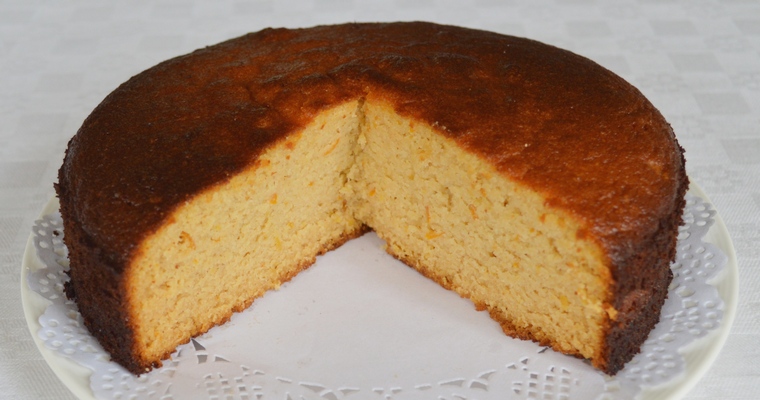

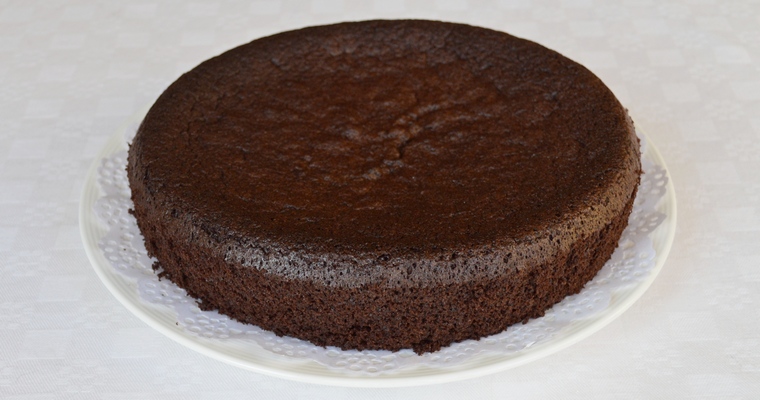
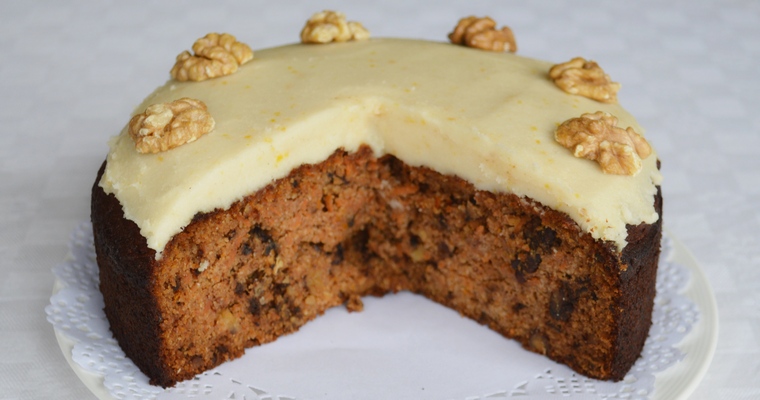
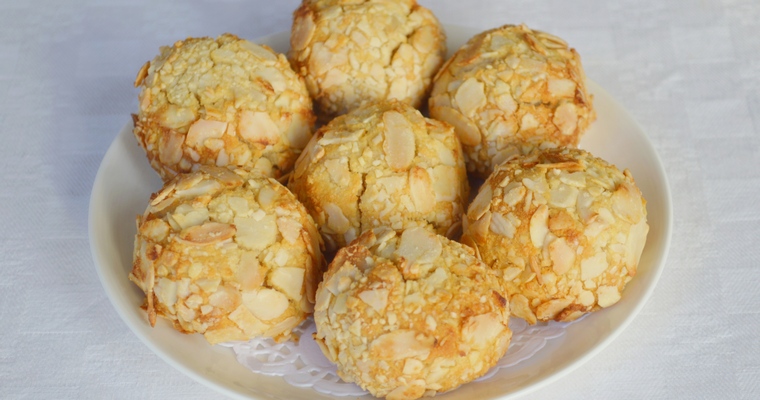

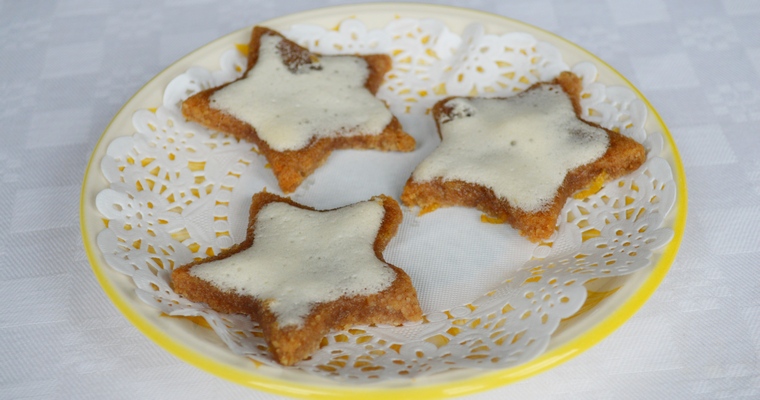

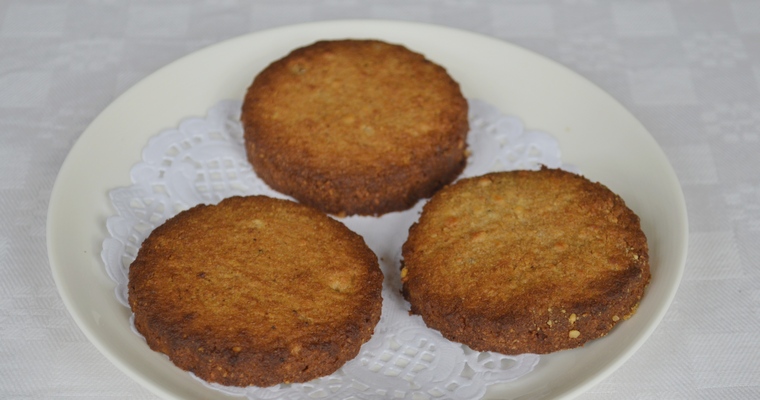
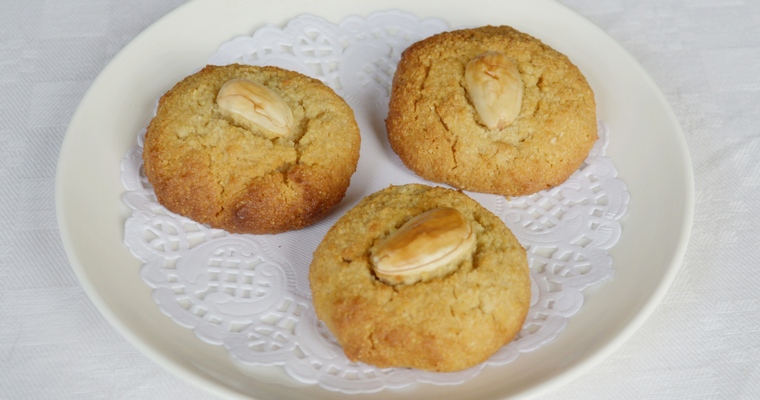
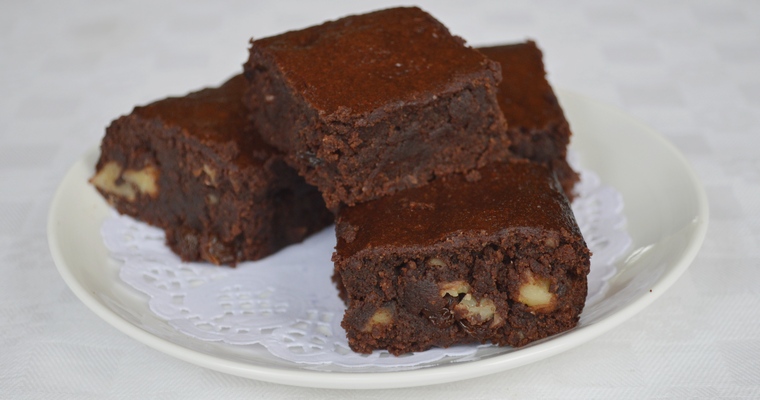
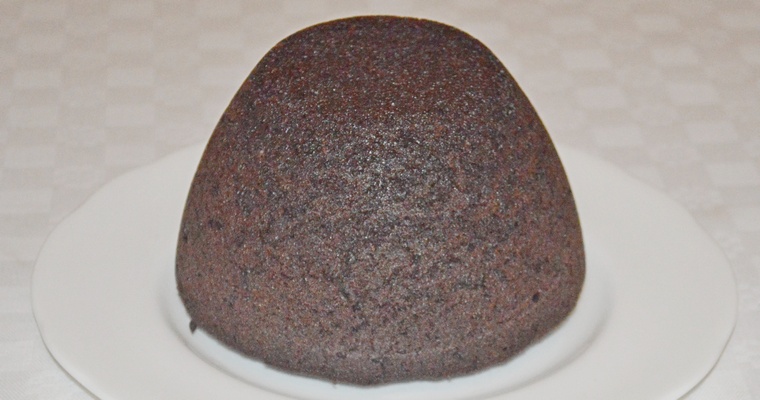






What a fabulous website! Well done, and, many thanks for your efforts…brilliant.
Very informative and helpful. Exactly the information I was looking for.
Thank you for a brilliant, comprehensive and informative article.
That was such an informative and well written article – just what I was looking for 🙂
Thanks for a comprehensive and informative article. I’m confused about your assertion that almond flour is available solely from online retailers. Here in the UK, ground almonds found in any supermarket are made from blanched almonds rather than the whole nut. In fact, I’d say the opposite is true—I’ve never seen whole ground almonds in a store, but I have come across them on Amazon. The two types are easily distinguishable by colour alone.